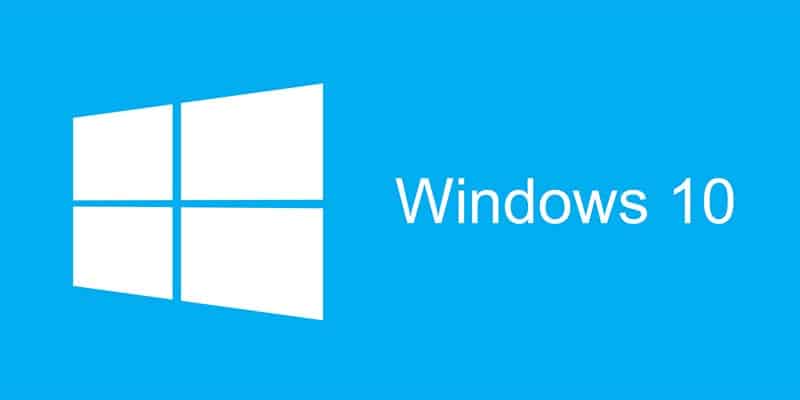In early February, Microsoft announced that Windows 10 would shift to a “recommended” update status in a “phased approach” meant to encourage upgrades. This means that those computer users still on Windows 7 and 8.1-powered machines could be automatically and regularly prompted to download the new operating system.
For many computer users, a “recommended” update status isn’t necessarily a bad thing—Windows 10 has received mostly positive reviews, particularly for its return of the Start button, its newly integrated Edge web browser, its Cortana voice commands, and its enhanced security. A CIO.com article posted on Feb. 18 asserted that several IT executives consider the move to Windows 10 the “smoothest Microsoft OS transition in years.” And industry numbers indicate that 22 million devices are now running on Windows 10; the operating system’s mobile update is scheduled to launch on Feb. 29, certainly adding to that market share.
But many businesses have chosen to hold off from upgrading to Windows 10, for a variety of reasons: the critical need to run legacy software and applications like Internet Explorer, concern over Microsoft’s increased data-tracking abilities, and a slow embrace of app compatibility among developers. Even after Windows 10 is successfully installed, its new “OS as a service” framework (which includes further automated updates) has some business owners and tech executives worried that a software upgrade installed without their knowledge could wreak havoc on their systems.
With this new “recommended” update status, those businesses playing the waiting game on Windows 10 will now face added pressure in the form of regular update prompts and a manual opt-out process that can be confusing. That’s why proactive IT services and system monitoring are so important: if a business has a trusted service provider keeping a constant watch on its computers, not only will viruses and malware be avoided, but the decision to upgrade to Windows 10 can be made after careful consideration and deliberate debate with IT professionals, not when Microsoft decides to push an automatic update to your device.
In addition, since the Windows 10 update arrives in a 6 GB file, some computer users might be concerned about data usage limits while downloading it. Or they might be worried about storage capacities on existing computers. Or, when the update window pops up and prompts them to start the installation process, they might be fearful of installing malware on their machine. Since Microsoft has never offered an OS update in this way, it’s a legitimate fear.
At the end of the day, knowledge is power—the more you know about an automatic update like Windows 10, the more informed of a decision you can make about implementing it. Need help understanding which version of Windows 7 or 8.1 you’re currently using? Want to upgrade to Windows 10 but unsure about whether it’s right for your business? Interested in employing proactive IT services to keep your systems safe? Contact CMIT Solutions today—we worry about these pressing issues so that you don’t have to.

